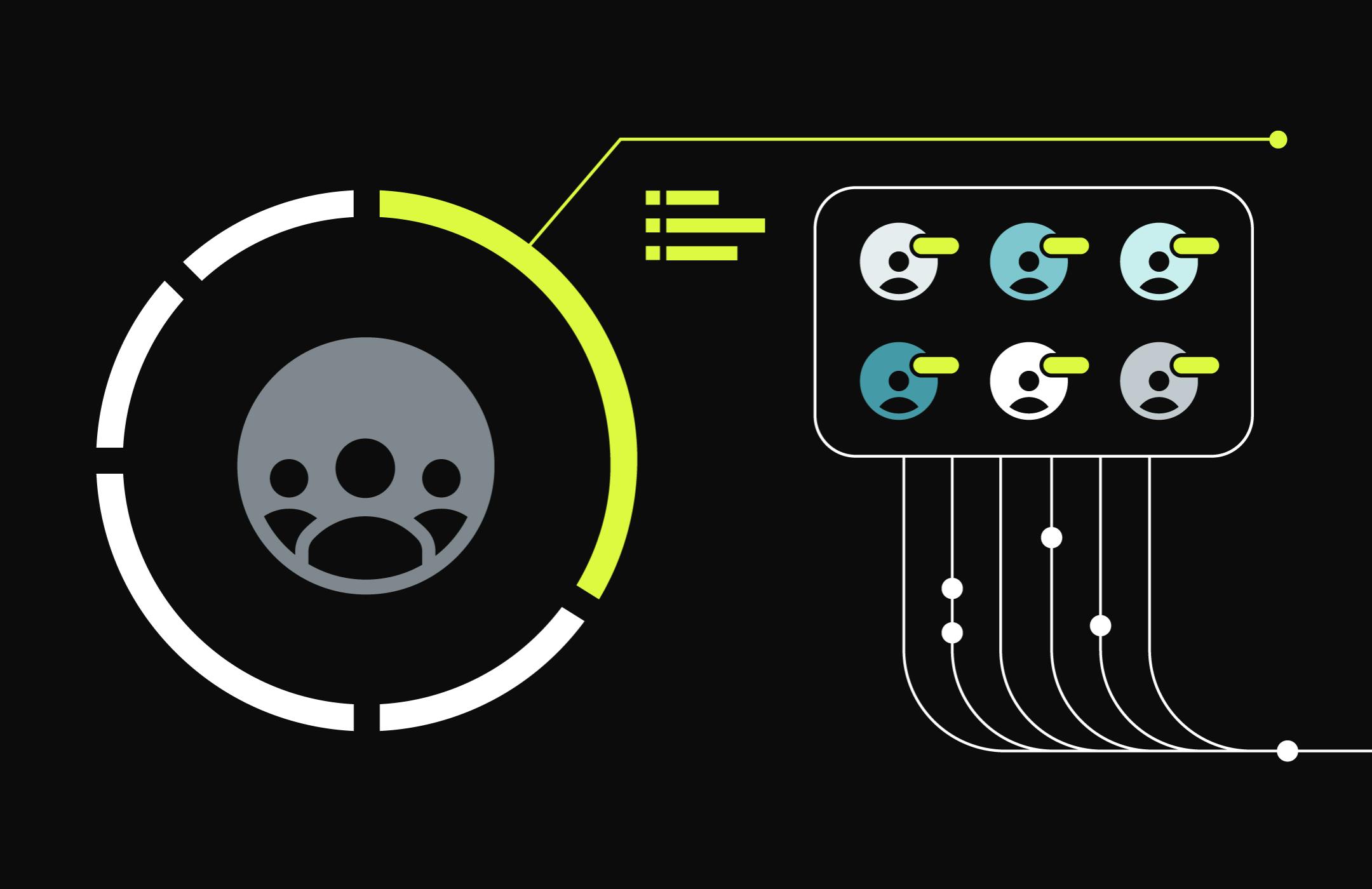Let’s face it: Customer data is as varied, complicated, and multi-faceted as your customers themselves.
Traditional data management platforms capture every type of data that your marketing, analytics, and customer service teams need:
Email engagement/conversion
Social media engagement
Online transactions
Mobile app activity
Point-of-sale purchases
Customer support inquiries
But storage across outdated, disparate, and disconnected data silos limits the real-time accessibility and effectiveness of crucial customer data. The result: incomplete, inconsistent customer profiles, under-performing marketing campaigns, and frustrated team members.
Customer data is your brand’s most valuable marketing asset, and likely the most under-utilized; the best way to get to know your customers is via real-time transactional and behavioral data. A Customer Data Platform collects and aggregates this information in a persistent, unified database that grows with your customers, anticipating their search and purchase habits and allowing data analysts, marketers, and user experience teams to curate personalized touchpoints that inspire brand loyalty along every step of the customer journey.
Building a Customer Data Platform
Step 1: Unifying data silos
To build reliable and predictive (not to mention productive) single-customer views that power Customer Data Platforms and enable automated, revenue-generating marketing campaigns, your brand must first dismantle the legacy data silos in which customer data has traditionally been stored.

A Customer Data Platform addresses the challenge of siloed data and legacy data collection mechanisms by:
Creating and storing persistent, unified customer profiles in a single database that is accessible to other systems
Converting customers' behavioral data and transactional data, at scale
Adapting to changes in customer behavior
Performing AI-powered identity resolution to link customer records between existing systems
The ideal Customer Data Platform is stable yet flexible. It does not rely on schemas or require complex ETL (extract-transform-load) processes, meaning it can handle raw data as-is, without any formatting required. And it can respond in real time to updates in customer data — both behavioral and transactional — as it is received. It’s also format agnostic, able to effectively ingest and process data in multiple formats and from multiple sources.
Rather than batching data for ingest or release at timed (and frequently arbitrary) intervals, a Customer Data Platform with streaming capabilities is able to deliver dynamic, evolving customer profiles on demand to marketing, analytics, and customer service teams, with quantifiable sales and brand loyalty results.
Step 2: Getting to know you — customer identity resolution and customer profile creation

With unified customer data stored in an easily accessible database, a predictive, reliable view of the customer can be developed and distributed to all downstream marketing systems. This continuously refreshed pipeline of first-party customer data ensures that behavioral and transactional data are always attached to the same customer, allowing your teams to deliver a consistent, responsive, and evolutionary customer journey.
Flexibility is key to the development of effective customer profiles. As your customers’ preferences evolve and as new data sources are added, your brand, marketing, and customer service teams should be able to respond quickly and in real-time.
It should be easy to add new attributes to customer profiles, integrate new data sources about the customer, and create brand- or role-specific views of the information to meet the changing needs of the brand.
Step 3: Serving your internal customers — data analysis, segmentation, and distribution

The fundamental value of customer data comes to life through effective segmentation and activation. Customer data is only meaningful if it can be deployed to generate predictive insights and intelligence that is accessible to your brand’s internal consumers. A successful Customer Data Platform must speak in accessible, precise language to all subject matter experts — from sophisticated SQL administrators to downstream marketing, analytic, and business users and customer service representatives.
This means the CDP must be able to connect to all tools and systems you've already invested in implementing. The critical customer data visualization, campaign management, and user experience needs these tools support are verified, trusted, and known to your employees, and key to your customers’ satisfaction.
The type of data collected and the purposes for which it is used varies from stakeholder to stakeholder and from system to system. The power of a Customer Data Platform lies in its ability to continuously aggregate and refresh data from across systems and distribute it to the correct internal audiences and tools in real time. As customer search and spend patterns evolve, so too does the view of the customer stored in the CDP, allowing you to improve and enhance each step of the customer journey.
Step 4: Making customer data work... for everyone

A Customer Data Platform should report what’s working for your brand but also be able to identify what’s not working for your brand. It supports the rapid reporting, distribution, and integration of neutral-to-negative customer data to inform existing product iteration as well as new product development. Responsive development of products and services is the key to customer engagement and retention.
Step 5: Implementing a Customer Data Platform
Now that you know how to build an effective Customer Data Platform, the question arises: Why should my brand invest in a CDP now?
The answer is simple: Your customers are smart, and they’re getting smarter. They know what they want and — perhaps more importantly — what they don’t want. Banner blindness is real. The constant, cross-device barrage of targeted ads and marketing campaigns has created something of a consumer fatigue. In many cases, the ability to select “Skip Ads” or to install ad-blocking software means that your marketing messages aren’t even being received.
Furthermore, as regulations on data privacy and usage become more stringent, a brand’s ability to rely on third-party data is increasingly limited. A Customer Data Platform allows your brand to develop critical customer insights and to create meaningful, relevant messaging based on a holistic view of the customer using consented first-party data.
The result? Your customers will feel seen and respected, and your brand’s marketing campaigns will hit their mark every time.
Learn more about the customer data platform that powers your whole organization.
